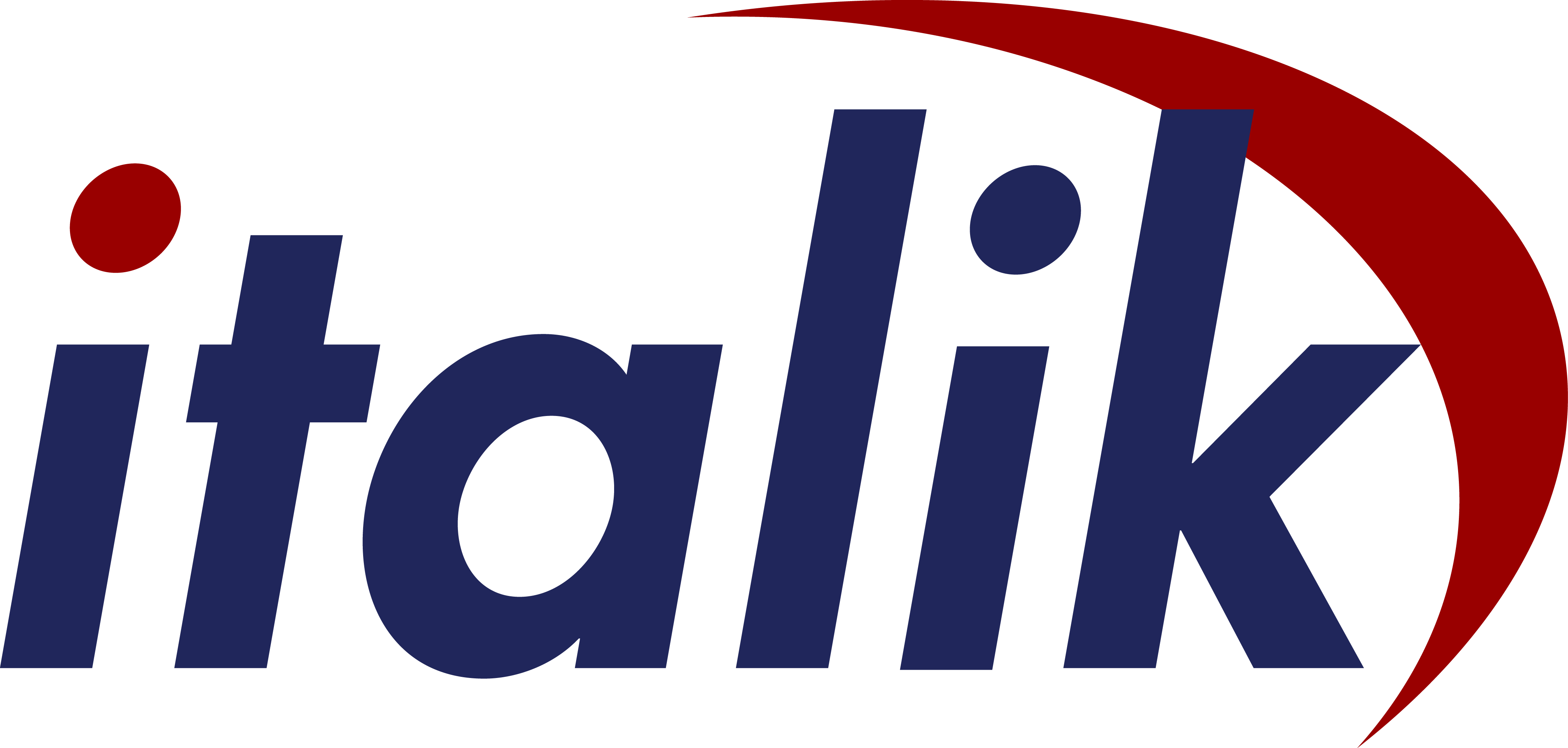There are a few ways to put calling and voice functionality into Microsoft Teams. One is through a Microsoft calling plan. This option has its merits but is tailored for a finite segment of customers.
The second option, Direct Routing, exemplifies the brilliance of how Microsoft goes to market. Designed for enterprise customers that want to bring existing telephony services into their Microsoft environment, Direct Routing combines carrier services and cloud infrastructure with a Session Border Controller (SBC).
In this scenario, the SBC is akin to a traffic cop managing traffic between the dial tone and Teams. The solution runs in Azure or another type of cloud environment from where it renders calls into Teams.
The problem with Direct Routing is that most solutions are built as on one-offs that a partner has built or that the enterprise customer will need to build. As a build-it-yourself and bring-your-own-carrier offering, users select both their SBC and the specific data center which are brought into Teams. For partners and their customers, however, complexity and an inherent lack scalability are glaring deterrents.
Whether developed internally or by a systems integrator, these solutions are developed one-by-one-by-one, starting from scratch every time. This strategy not only hinders the speed of new-user activation, but also delays potential revenue.
SIPPIO DRaaS is an end-to-end cloud service that offers a global footprint and the flexibility to customize calling capabilities. As organizations are in various stages of migrating workloads to the cloud, DRaaS is the preferred strategy for avoiding the complexity of building in-house.

Voice-enabling Microsoft Teams with SIPPIO Direct Routing provides flexibility and scale with pay-as-you-go or consumption-based subscriptions and user experiences devoid of friction.
The SIPPIO Voice Panel automates tenant provisioning and user onboarding meaning it takes approximately 10 minutes.
There is no question that the benefits associated with using Microsoft Teams as your communications and collaboration platform are many.
· A single repository for all your collaboration needs.
· Cloud based and Agile innovation that adds new features on a consistent basis.
· Leveraging a single network infrastructure that reduces costs and complexity.
· Highly secure and available global footprint to facilitate an enterprise looking to expand.


